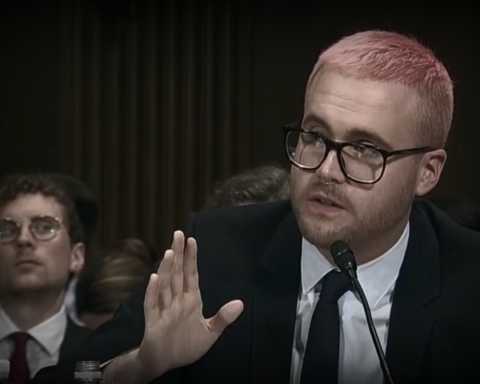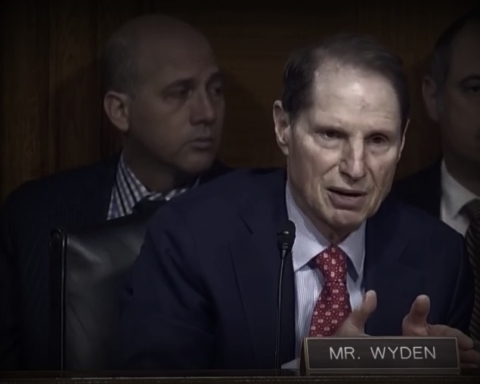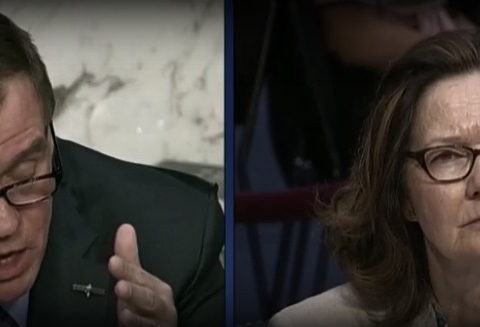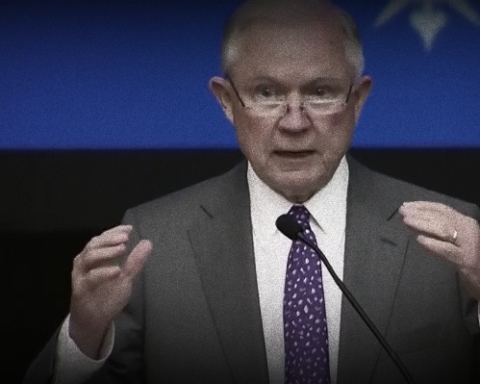The day after a major news publication alleged that the FBI was flying surveillance flights over a restive West Baltimore, the White House decided to keep its mouth shut on the tactic—one, it is alleged, that violated the Constitutional rights of thousands of Americans.
“For those kinds of questions, I’d refer you to law enforcement,” White House Press Secretary Josh Earnest told a reporter Wednesday afternoon during the second rounding of questioning on a story first reported Tuesday night by the Washington Post.
Relying on eyewitness accounts, flight radar information, and anonymous government officials, the paper reported that the Baltimore police requested “aerial support” from the FBI. Federal agents, in turn, flew at least two Cessnas over West Baltimore at night between April 30 and May 2—the days following the civil unrest that erupted in the city in response to the Baltimore Police’s killing of Freddie Gray.
According to flight records, the planes flew in circles, as early as 6:30pm and stayed in the air until midnight. They were using “infrared technology to monitor movements of people in the vicinity,” an official described to the Post.
Jay Stanley, a senior policy analyst with the American Civil Liberties Union, expressed concern to the paper, saying “a lot of these technologies sweep very, very broadly.” He added that “at a minimum, the public should have a right to know what’s going on.”
The White House, however, was not forthcoming on Wednesday afternoon.
“I’m confident that there is a policy,” Earnest said in a response to a first reporter’s inquiries, elaborating only to say that ay further questions should be referred to the “relevant law enforcement officials, in this case, the FBI.”
After a second reporter pushed back, asking if the White House believes it’s “appropriate” for federal law enforcement to unleash aerial surveillance on thousands of innocent citizens, Earnest disputed the facts.
“I’m not sure that’s exactly what happened,” he said, lecturing the reporter to, again, talk to law enforcement in order to “actually deal in facts.”
The FBI declined to comment to the Post on whether or not the bureau had airplanes in Baltimore during the time of unrest.
Asked if the White House is denying that the flights took place, Earnest shut the door on dialogue.
“I’m going to move on,” he told reporters.
Domestic aerial surveillance by police and federal agents has piqued the interest civil liberties groups and lawmakers, following reports late last year that authorities were using plane-mounted cell phone tower simulators known as “stingrays” to collect cell phone users’ data in bulk.
The chair and ranking member of the Senate Judiciary Committee, Sens. Chuck Grassley (R-Iowa) and Pat Leahy (D-Vt.), in a March letter to the Justice Department, questioned whether police are using an “appropriate legal process” in conjunction with the technology to conduct the surveillance.
Guidelines governing the use of stingrays, however, are shrouded in secrecy. FBI officials often force local law enforcement agencies to sign non-disclosure agreements before receiving the authorization and assistance required to deploy it.
What is known, however, is that the new surveillance gadgets are being unleashed on the public with little oversight. In April, documents unearthed by the New York Civil Liberties Union revealed that the Erie County Sheriff’s Office routinely deployed stingray flights without seeking prior judicial approval.






